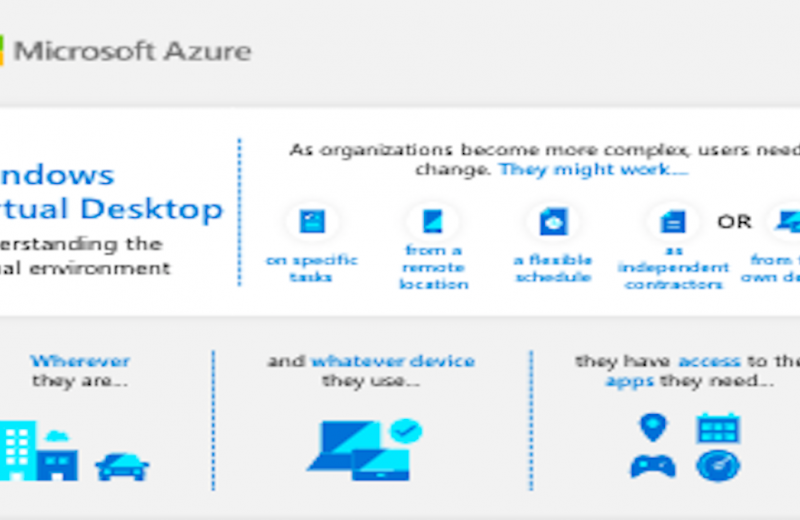Infrastructure as a service (IaaS) is an instant computing infrastructure, provisioned and managed these resources over the internet. It’s one of the four types of cloud services, along with software as a service (SaaS), platform as a service (PaaS), and serverless computing.
IaaS quickly scales up and down with demand, letting you pay only for what you use. It helps you avoid the expense and complexity of buying and managing your own physical servers and other datacenter infrastructure. Each resource is offered as a separate service component, and you only need to rent a one for as long as you need it. A cloud computing service provider, such as Azure, manages the infrastructure, while you purchase, install, configure, and manage your own software—operating systems, middleware, and applications.
Azure IaaS solutions offer:
- A modern infrastructure for all your workloads
- Secure and well-managed
- A cost-effective environment
Let’s drill-down into each of these benefits …
- Azure is actively expanding its infrastructure around the globe, including being the first cloud provider with data centers in South Africa.
- In fact, we have made a $10B investment in our data centers to develop the infrastructure for all workloads.
- Right now, we’re at 42 Azure regions—more than AWS and Google combined.
- Unlike other providers, we feel it makes a crucial difference in customer experience to have data close to employees and customers as well as offering individuated data handling capabilities.
Advantages of IaaS:
1. Eliminates capital expense and reduces ongoing cost: IaaS sidesteps the upfront expense of setting up and managing an onsite datacenter, making it an economical option for start-ups and businesses testing new ideas.
2. Improves business continuity and disaster recovery: Achieving high availability, business continuity, and disaster recovery is expensive, since it requires a significant amount of technology and staff. But with the right service level agreement (SLA) in place, IaaS can reduce this cost and access applications and data as usual during a disaster or outage.
3. Innovate rapidly: As soon as you’ve decided to launch a new product or initiative, the necessary computing infrastructure can be ready in minutes or hours, rather than the days or weeks—and sometimes months—it could take to set up internally.
4. Respond quicker to shifting business conditions: IaaS enables you to quickly scale up resources to accommodate spikes in demand for your application— during the holidays, for example—then scale resources back down again when activity decreases to save money.
5. Focus on your core business: IaaS frees up your team to focus on your organization’s core business rather than on IT infrastructure.
6. Increase stability, reliability, and supportability: With IaaS there’s no need to maintain and upgrade software and hardware or troubleshoot equipment problems. With the appropriate agreement in place, the service provider assures that your infrastructure is reliable and meets SLAs.
7. Better security: With the appropriate service agreement, a cloud service provider can provide security for your applications and data that may be better than what you can attain in-house.
8. Gets new apps to users faster: Because you don’t need to first set up the infrastructure before you can develop and deliver apps, you can get them to users faster with IaaS.




















